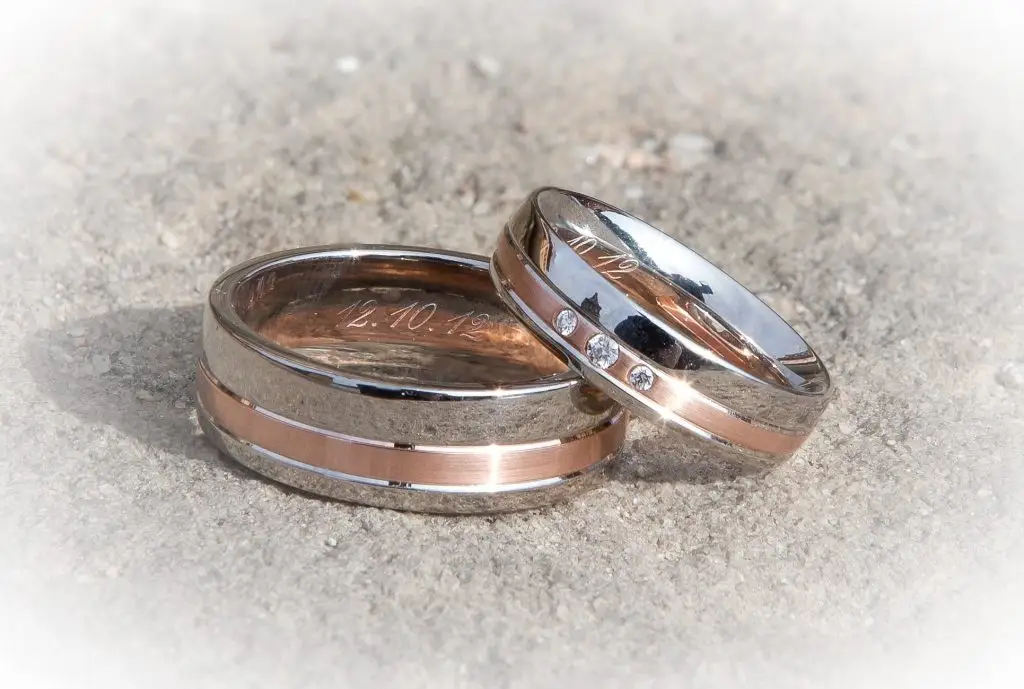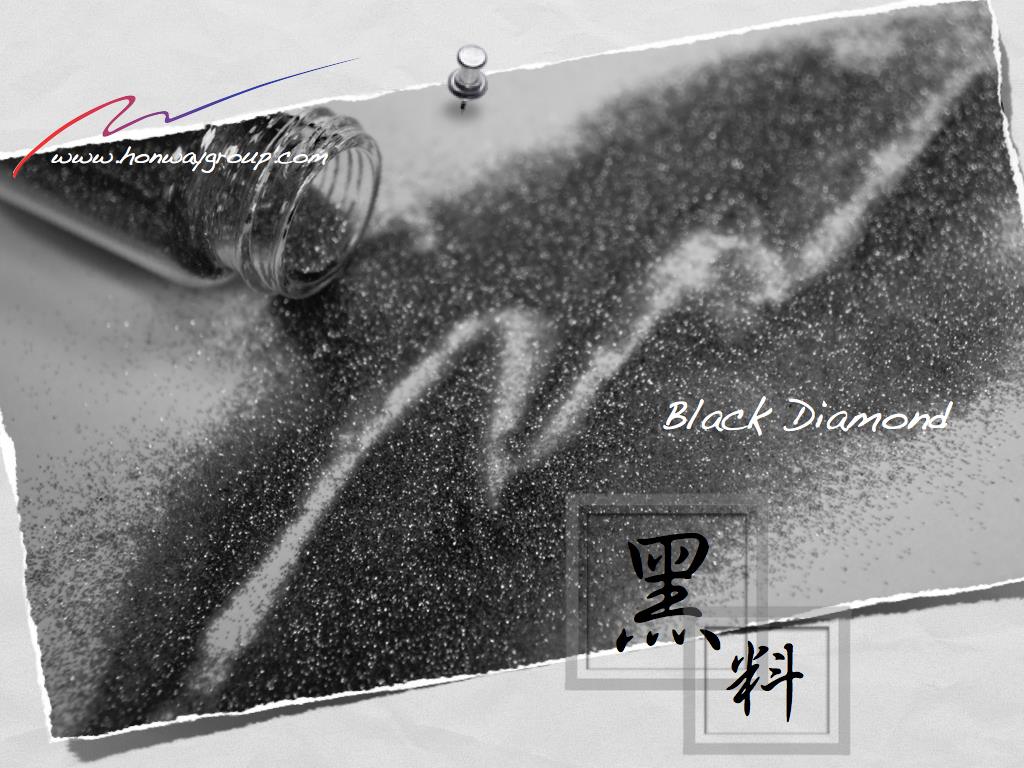Why does a platinum ring lose weight after polishing? Over time, platinum rings tend to get scratched and lose their shine. To restore their appearance, polishing is required. When polishing a platinum ring, does it reduce its weight?
Table of Contents
Table of contents
Does polishing a platinum ring reduce its weight?
Yes, there is weight loss.
Whether it’s platinum, gold, or other metals, physical polishing always results in some degree of material loss. Both fine sanding and wheel polishing remove small amounts of material, though usually only a few milligrams.
Polishing inevitably results in some material loss, with the extent depending on the depth and area of scratches or scuffs.
Does polishing platinum rings cause significant material loss?
There is always some material loss when polishing a scratched platinum ring. The extent depends on the depth of the scratches. Since platinum is relatively soft, even after polishing, it will still wear down with frequent use. Rings for women tend to lose less material, while larger men’s rings and pendants experience greater wear.
How to polish a platinum ring?
Polishing Methods
1.Mechanical Polishing
Mechanical polishing involves removing raised areas on a material’s surface through cutting or plastic deformation to create a smooth finish.
Tools like oil stones, wool wheels, and sandpaper are typically used, mostly by hand. For special parts such as rotating surfaces, turntables or other auxiliary tools may be used. For high surface quality, ultra-fine polishing techniques are employed, using specialized tools in abrasive liquid under high-speed rotation.
This technique can achieve a surface roughness of Ra 0.008 μm, making it the highest quality polishing method. It is commonly used for optical lens molds.
2 .Chemical Polishing
This process involves placing the material in a chemical medium where the raised areas on the surface dissolve faster than the recessed areas, resulting in a smooth surface.
The main advantage of chemical polishing is that it requires no complex equipment and can polish complex shapes and multiple workpieces simultaneously, making it highly efficient.
The key challenge in this method is the formulation of the polishing solution. Typically, chemical polishing results in a surface roughness of around 10 μm.
3. Ultrasonic Polishing
In this method, the workpiece is placed in a slurry of abrasives and subjected to ultrasonic vibrations. These vibrations cause the abrasives to polish the surface.
Since ultrasonic polishing uses minimal macroscopic force, it avoids deforming the workpiece, though making and setting up the tooling is relatively difficult. Ultrasonic polishing can be combined with chemical or electrochemical methods. When ultrasonic vibrations are applied in conjunction with corrosion or electrolysis in the solution, they help remove dissolved material from the surface. Ultrasonic cavitation also inhibits the corrosion process, enhancing surface brightness.

How to care for a platinum ring
a. If you notice visible scratches, take the platinum jewelry to a certified jeweler for polishing. All precious metals can get scratched, and platinum is no exception. However, platinum scratches typically displace material rather than removing it, so the overall volume of the metal remains.
b. Over time, platinum develops a natural oxidation layer. If you prefer a freshly polished appearance, have your jewelry polished by a certified jeweler for a brilliant shine.
c. Avoid wearing platinum jewelry when doing household chores, gardening, or other physical activities that could damage it.

